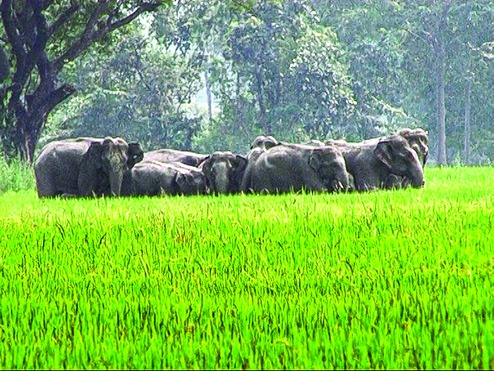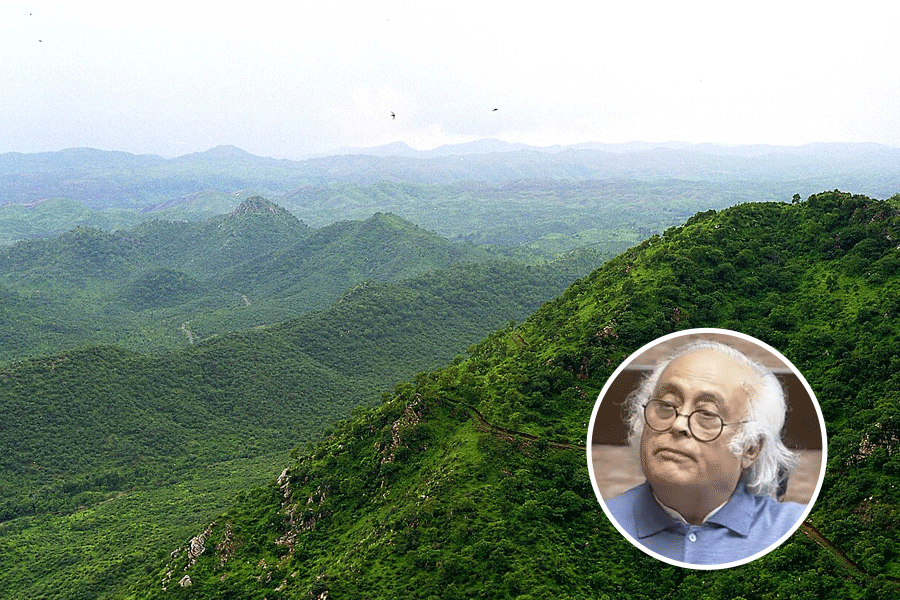
Cuttack, May 9: The seventh All-India Elephant Census will cover forests in 12 districts of Odisha. Starting today, the exercise to count elephants will continue till Friday. For the first time, the census will be held simultaneously in Chhattisgarh, Odisha, Jharkhand and Bengal.
"The elephant enumeration will be conducted in these four east Indian states at the same time to eliminate chances of double counting," Wild Odisha secretary Monalisha Bhujabal said today.
Wild Odisha, an organisation for conservation of nature and wildlife, has been associated with elephant census since 1997. The four eastern states are one of the largest holders of elephants in the country after south India. "The decision of the government of India to synchronise the elephant population is aimed at eliminating any duplication in numbers since the pachyderms move across the borders from Odisha to Bengal and Jharkhand, and from Jharkhand to Bengal frequently," Bhujabal said.
The 12 districts of the state are Mayurbhanj, Balasore, Bhadrak, Keonjhar, Angul, Cuttack, Nayagarh, Kandhamal, Dhenkanal, Sambalpur, Sundargarh and Jharsuguda.
"There is a plan to cover the 20 elephant-bearing forest divisions in all the 12 districts," Bhujabal said.The forest divisions include Similipal Tiger Reserve, Karajia, Baripada, Rairangpur, Balasore, Keonjhar, Angul, Athagarh, Cuttack, Nayagarh, Boudh, Dhenkanal, Satkosia, Mahanadi, Athamalik, Bamra, Bonai, Sambalpur, Jharsuguda and Rairakhol forest divisions. Bhujabal said the census would adopt two methodologies. Apart from direct sighting, the dung decay method will also be employed.
An indirect methodology, dung decay is a statistical method that is employed to calculate elephant numbers by counting things like bolus and excreta. The direct methodology involves sighting in forests and waterholes where elephants come to drink water.
"Critical information, such as changes in elephant habitats due to human intervention, male-female ratio, population figures and reasons for man-animal conflict - will be obtained during the four-day census," Bhujabal said.
Odisha has 12,000 to 15,000 sqkm of elephant habitat. During 2001-2002, three elephant reserves - those in Mayurbhanj, Mahanadi and Sambalpur - were notified. The state government is yet to notify Baitarani and south Odisha elephant reserves that have already been notified by the Centre.











